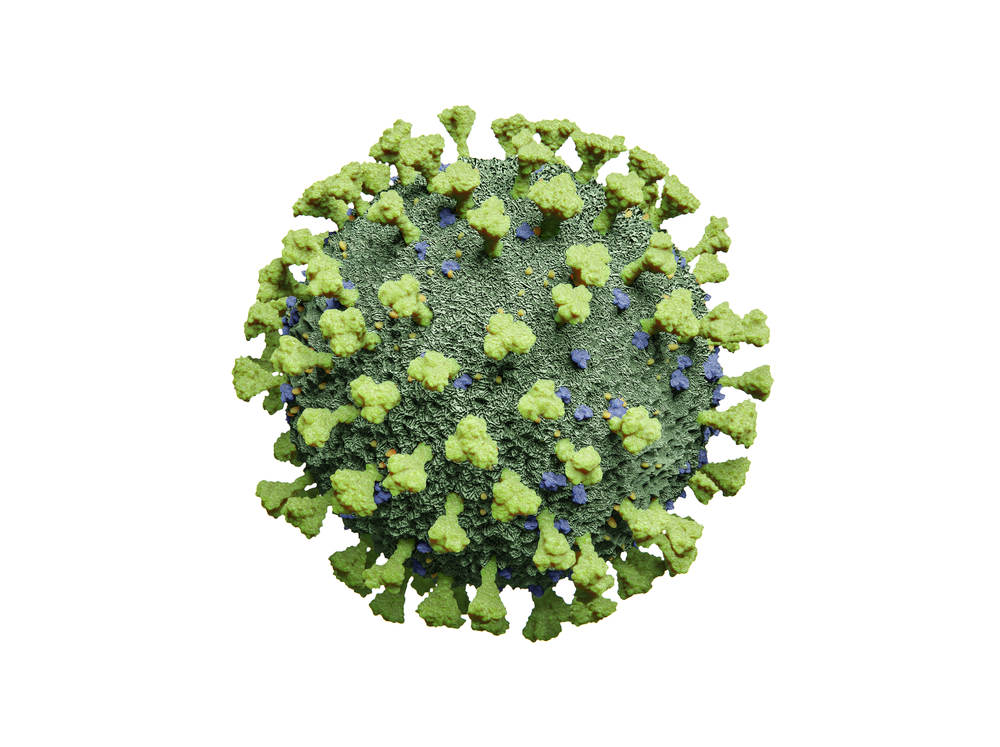HUMAN METAPNEUMOVIRUS 3 TYPE B1 LYSATE
Human metapneumovirus 3 type B1 (Strain: Peru2-2002) lysate from LLC-mk2 cell line. Purified by sucrose density gradient ultracentrifugation and heat-inactivated, followed by verification with validated tissue culture infectivity assay. Suitable for the development of immunoassays, Western blotting, dot blotting and other protein-based assays.
PRODUCT DETAILS – HUMAN METAPNEUMOVIRUS 3 TYPE B1 LYSATE
- Purified human metapneumovirus 3 type B1 lysate.
- Purified by sucrose density gradient ultracentrifugation.
- Heat-inactivated and verified using validated tissue culture infectivity assays.
- Appropriate for the development of immunoassays, Western blotting, dot blotting and other protein-based assays.
BACKGROUND
Human metapneumovirus (hMPV) is an enveloped, negative-sense, single-stranded RNA virus belonging to the genus Metapneumoviridae, of the family Pneumoviridae. hPMV is closely related to Respiratory Syncytial virus (RSV), which belongs to the genus Orthopneumovirus within the same family (Alfonso et al., 2016). Human metapneumovirus is globally widespread and spreads seasonally in temperate climates. Genomic analysis has shown that hMPV exists as two genotypes (A and B), which are further divided into the subgroups A1, A2, B1 and B2. Each subgroup has a distinct geographical distribution but can circulate separately or concurrently (Boivin et al., 2004). Transmission of HPMV from person-to-person predominantly occurs through contact with airborne droplets from an infected individual, produced by coughing or sneezing. It can also be spread through contact with contaminated hands or surfaces. Serosurveillance studies have shown that most children worldwide are infected with hMPV by the age of 5 (Shafagati et al., 2018). Rates of hospitalization of children for hMPV infection are highest in the first year of life but continue to occur throughout early childhood. Studies have tended to suggest that the peak age of hospitalization for hMPV is between 6 and 12 months of age, which is later than the peak age of hospitalization for RSV (2–3 months).
REFERENCES
- Afonso, CL. et al. (2016). Taxonomy of the order Mononegavirales: update 2016. Arch Virol. Aug;161(8):2351-60.
- Boivin, G. et al. (2004). Global genetic diversity of human metapneumovirus fusion gene. Emerg Infect Dis. Jun;10(6):1154-7.
- Shafagati, N. et al. (2018). Human metapneumovirus – what we know now. F1000 Research. 7:135.

